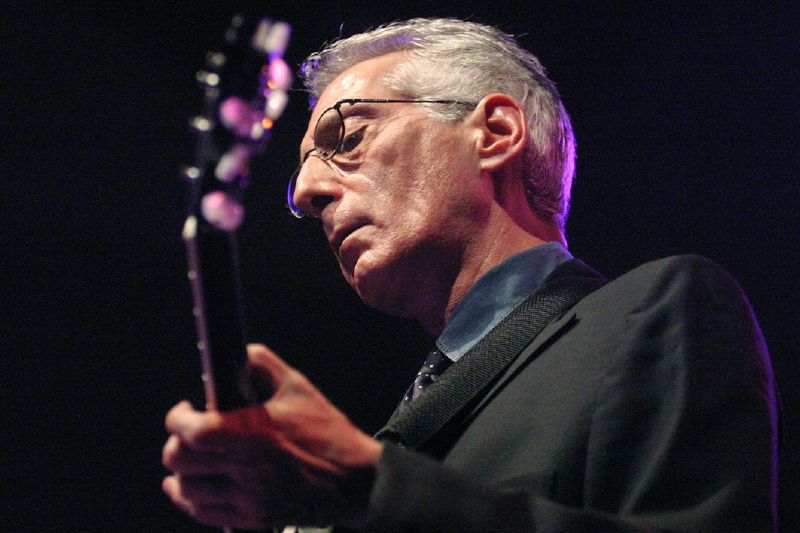
Jazz guitarist Pat Martino had a burgeoning record career by age 20, but in 1976 he began to suffer headaches, followed by mania, depression, and seizures. He attempted suicide several times, but hospitalization and electroshock therapy brought no relief. In 1980 a CT scan discovered an arteriovenous malformation that had begun to hemorrhage, and a surgeon removed 70 percent of Martino’s left temporal lobe.
After the surgery he didn’t know his name, recognize his parents, or know he was a musician. When his father played his old records for him, “I would lie in my bed upstairs and hear them seep through the walls and the floor, a reminder of something that I had no idea that I was supposed to be anymore, or that I ever was.” But when a visiting friend played a major seventh chord, Martino found that he wanted a minor ninth and took up the instrument again.
“As I continued to work out things on the instrument, flashes of memory and muscle memory would gradually come flooding back to me — shapes on the fingerboard, different stairways to different rooms in the house,” he wrote.
Aided by his father, friends, photographs, and mainly by his own recordings, he learned the instrument afresh, “to escape the situation, and to please my father.” Neurosurgeon Marcelo Galarza writes, “The process of memory retrieval took him about two years. Although he never lost his manual dexterity, the necessary skill to play guitar again to his previous musical level took years to bring back.”
In 1987 he recorded his comeback album, The Return, and he’s made more than 20 albums since then. Galarza writes, “To our knowledge, this case study represents the first clinical observation of a patient who exhibited complete recovery from a profound amnesia and regained his previous virtuoso status.”
(Marcelo Galarza et al., “Jazz, Guitar, and Neurosurgery: The Pat Martino Case Report,” World Neurosurgery 81:3 [2014], 651-e1.)
